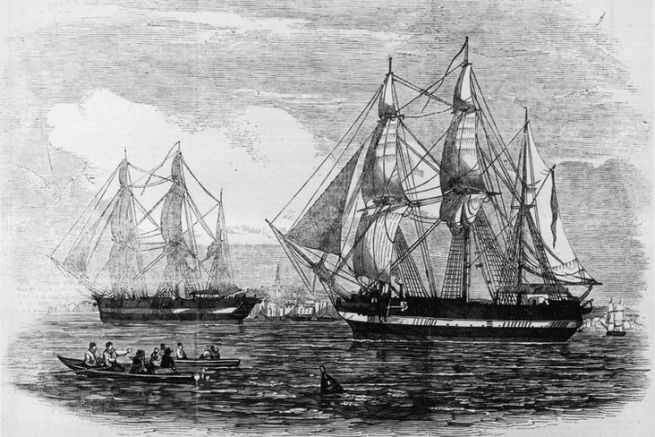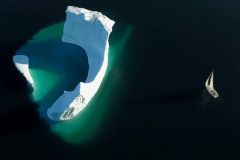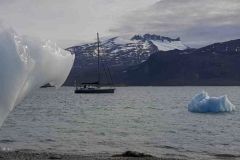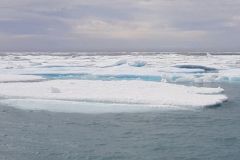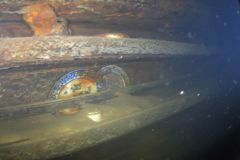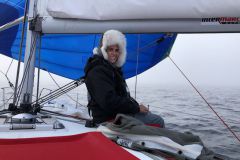A discovery worthy of a horror film
February 1859, King William Island, Nunavut, Canada: Francis Leopold McClintock, a tall British man with bushy sideburns, talks in Inuit with Indians in front of badges and a silver plate bearing the arms of Sir John Franklin.
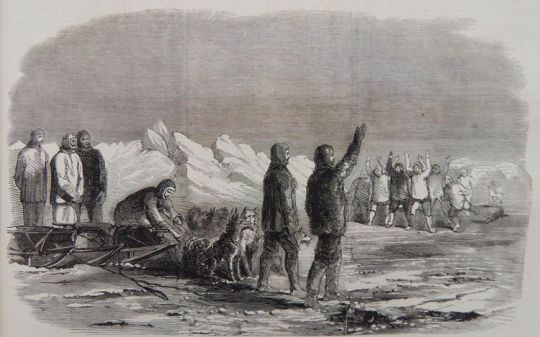
They put him on the trail of a group of 40 white men who had been on the road four winters earlier, heading south in search of game for food. Thanks to this precious information, a few days later he found three corpses in a shelter as well as human remains in what was indeed a mass grave intended for preserving meat. Sir Francis Leopold McClintock has just found the trace of the members of the Franklin expedition, of whom there has been no news since his departure from London in 1845. Now we just have to figure out what happened?
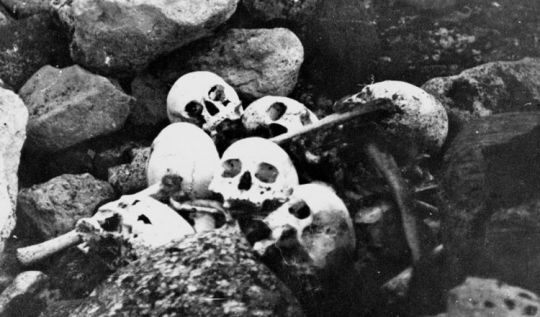
Searching for the Northwest Passage
To reach the west coast of the USA from the east coast took nearly 6 months of sailing in 1840. The route circles South America and passes through the dreaded Cape Horn. Only fast clippers can halve this time!
The possibility of a more direct and therefore much faster route through the Canadian northwestern island interlacing has been the subject of speculation for decades. The ice pack represents the major difficulty of this itinerary, as ice obstructs the passage all winter long. Except at the time of the break-up for a few weeks, which should allow the ships to pass.
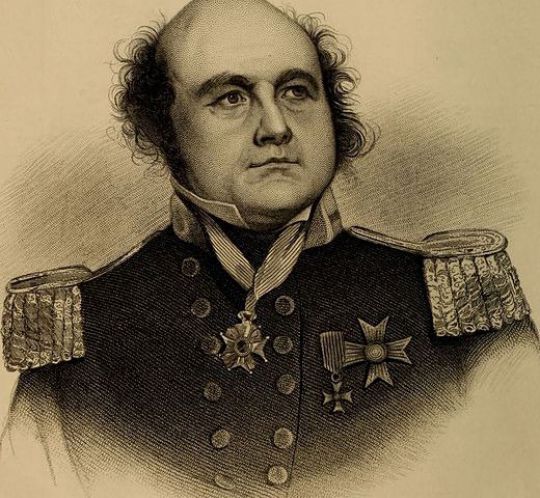
The disappearance of the most powerful polar expedition of the moment
To map the area, John Franklin launched a series of expeditions between 1819 and 1822 overland from Hudson Bay. The first one turns into a disaster for lack of sufficient supplies and Franklin survives by eating the leather of his boots. As a hero on his return to England, bearing the nickname "the man who ate his boots", Franklin managed to raise money to launch other land expeditions still searching for a hypothetical passage.
For his last attempt, he's going on a boat this time. The expedition left London in 1845 with two polar ships: HMS Terror and HMS Erebus (which had already taken Sir Francis Ross to Antarctica). It has three years of food and 134 men. The purpose of this forceful movement is to seek a free passage between the east and west coasts of North America.
Both ships represent the latest in nautical technology. Equipped with steam engines and metal frames, desalinators, heating, a vast library and a variety of canned goods, they are assembled by experienced crews and led by leaders experienced in polar expeditions.
The two ships were last seen off Lancaster Sound in the Baffin Sea in August 1845 (a huge bay between Greenland and Canada). The most important polar expedition of the time will not give any more news and will be reported missing body and soul on March 31, 1854.
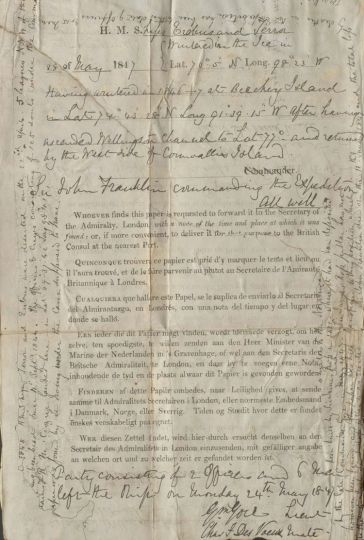
Only a letter found on a corpse will report Sir Franklin's death in 1847 and the departure on foot of a small group of men a year later on the ice floe to the mainland. At this stage the mystery remains complete and it will take 140 years (1981) for discoveries to be made to reconstruct this disappearance.
